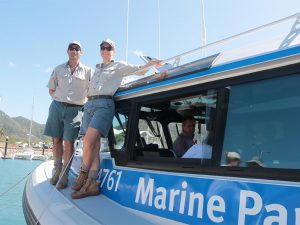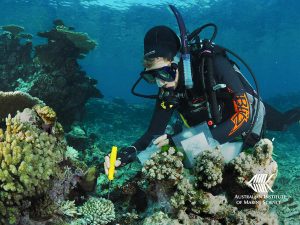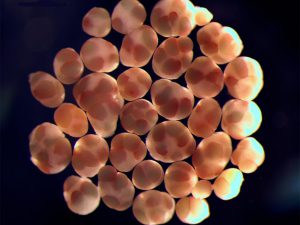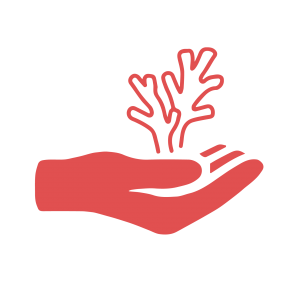
Regulation
Regulation Many of the proposed interventions being researched and developed by RRAP will include activities that have not previously been considered within the Great Barrier

Regulation Many of the proposed interventions being researched and developed by RRAP will include activities that have not previously been considered within the Great Barrier

Enhanced Corals and Treatments https://www.youtube.com/watch?v=sLaEj3k1aCo Coral adaptation to the impacts of climate change – including increasing average water temperatures and more frequent and extreme heatwaves

Coral Aquaculture and Deployment Dr Carly Randall conducting spawning research in the National Sea Simulator, AIMS, during coral spawning. Photo: Marie Roman https://www.youtube.com/watch?v=9OTrA8BqQSE The RRAP

A summary of the engagement and regulatory environment findings of the RRAP Concept Feasibility Program, and recommendations for the required R&D for these areas.

A key reference document summarising the potential on-Reef interventions and how they were identified.

Findings of a representative survey of Australians, industry and stakeholder interviews and scoping the issues and needs of Traditional Owners.

The complexity and gaps to be addressed in the regulatory environment for restoration and adaptation R&D and activities in the Great Barrier Reef.

Environmental and economic modelling of proposed Reef Restoration and Adaptation Program interventions and recommendations for intervention strategies.

The potential interventions investigated by the Reef Restoration and Adaptation Program; knowledge gaps in understanding benefits, risks and feasibility.

The recommended Reef Restoration and Adaptation Program Research and Development Plan to deliver a suite of reef restoration and adaptation interventions.

Summary of the current global knowledge of coral restoration methods and practises, highlighting the common issues encountered as the field has evolved.

Recommendations to foster international collaboration in reef restoration science, training and implementation and achieving globally-beneficial outcomes.
Reef Restoration and Adaptation Program

The Reef Restoration and Adaptation Program respects and recognises all Traditional Owners of the Great Barrier Reef as First Nations Peoples holding the hopes, dreams, traditions and cultures of the Reef.
© Reef Restoration and Adaptation Program. All rights reserved.